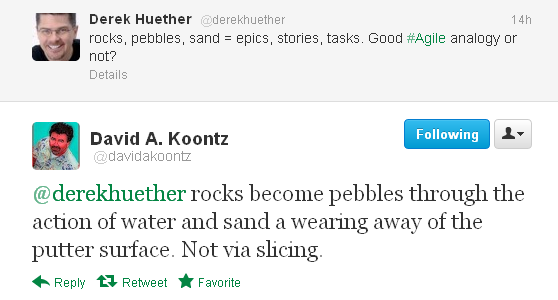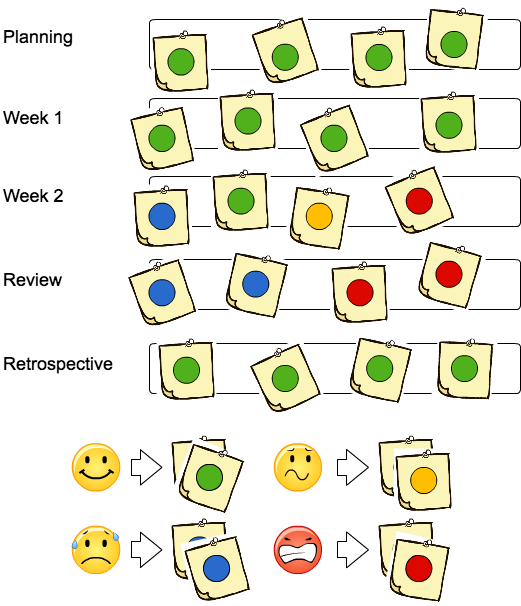 Some Just Don't Get It
Some Just Don't Get It
I've seen way too many job postings in the last year, asking for Agile Project Managers. These postings are basically Project Manager positions with some Agile language thrown into the mix. It's actually quite frustrating to read them. I just shake my head and know that they just don't get it. If asked if an agilist should apply for the job, I would say run as fast as you can in the other direction. Today, I was sent a link to the job posting below. I just happen to know the hiring manager. After reading it, I nodded and murmured "she gets it".
She Gets it
So many times, Human Resources writes up these job advertisements. They don't have a clue as to what they are writing. They don't realize how contradictory the titles and essential duties and responsibilities can be. As Agile coaches and trainers, I wonder if we sometimes are ignoring teams who could really use our help. I'm talking about an HR department. Wouldn't it be nice to be able to give them some insights into what businesses need rather then what they advertise for? I've read ads for Agile Project Leaders and in the next sentence saw responsibilities that included maintaining Gantt charts, controlling scope, budget, and schedule.
I want to thank the person who wrote the ad below. Again, she gets it! As a result, I believe she will get more qualified applicants for this job who can help her business deliver value.
|
||||
Summary:Leadership of technology-focused projects and teams relying on Agile values and principles. This position assumes the role of ScrumMaster, Kanban Lead, and/or Project Manager depending on the work at hand. The focus of this position is on delivering value over meeting constraints, leading the team over managing tasks, and adapting to change over conforming to plans.
Essential Duties and Responsibilities:
|
||||
Image Source: Pictofigo








